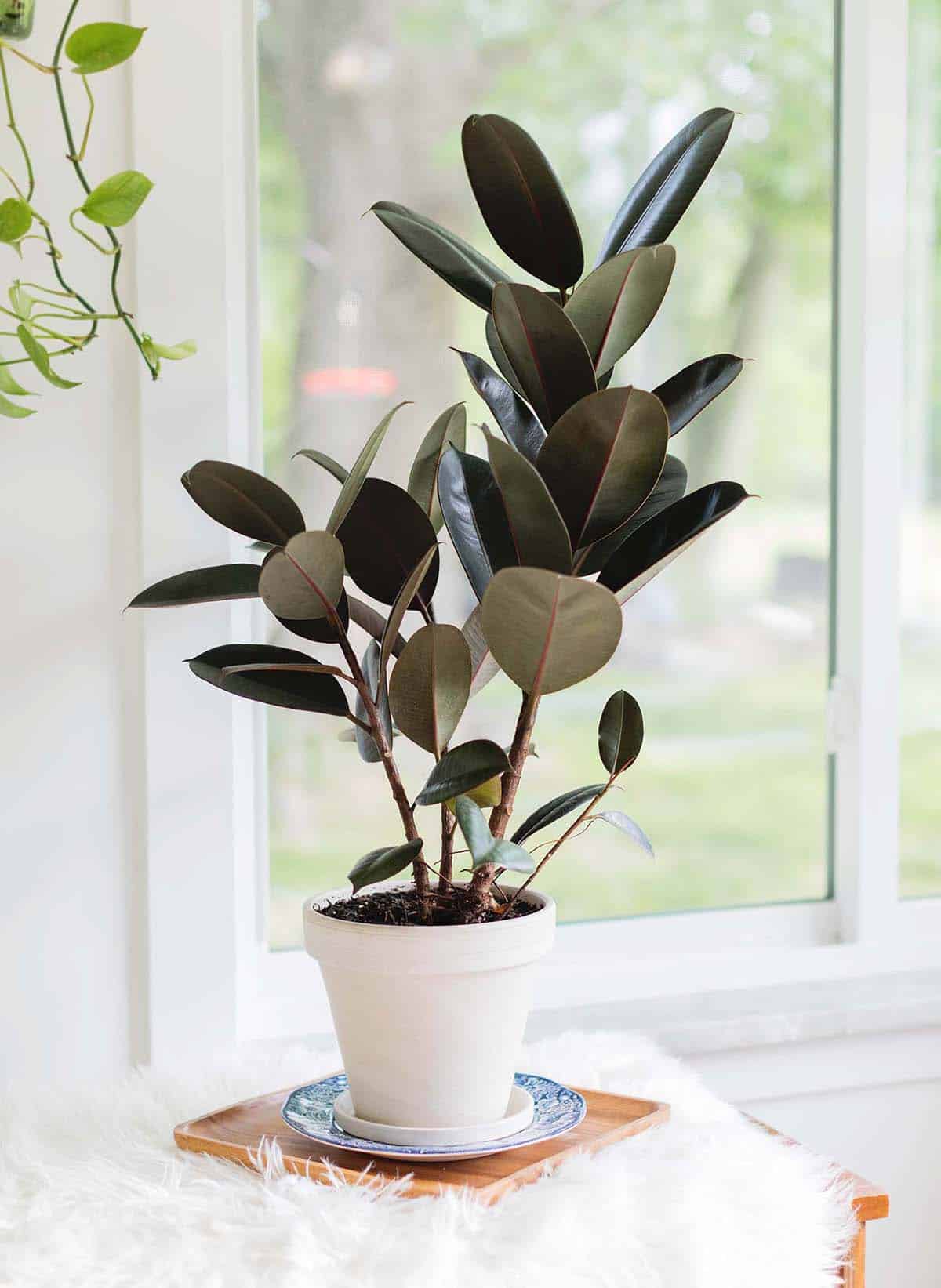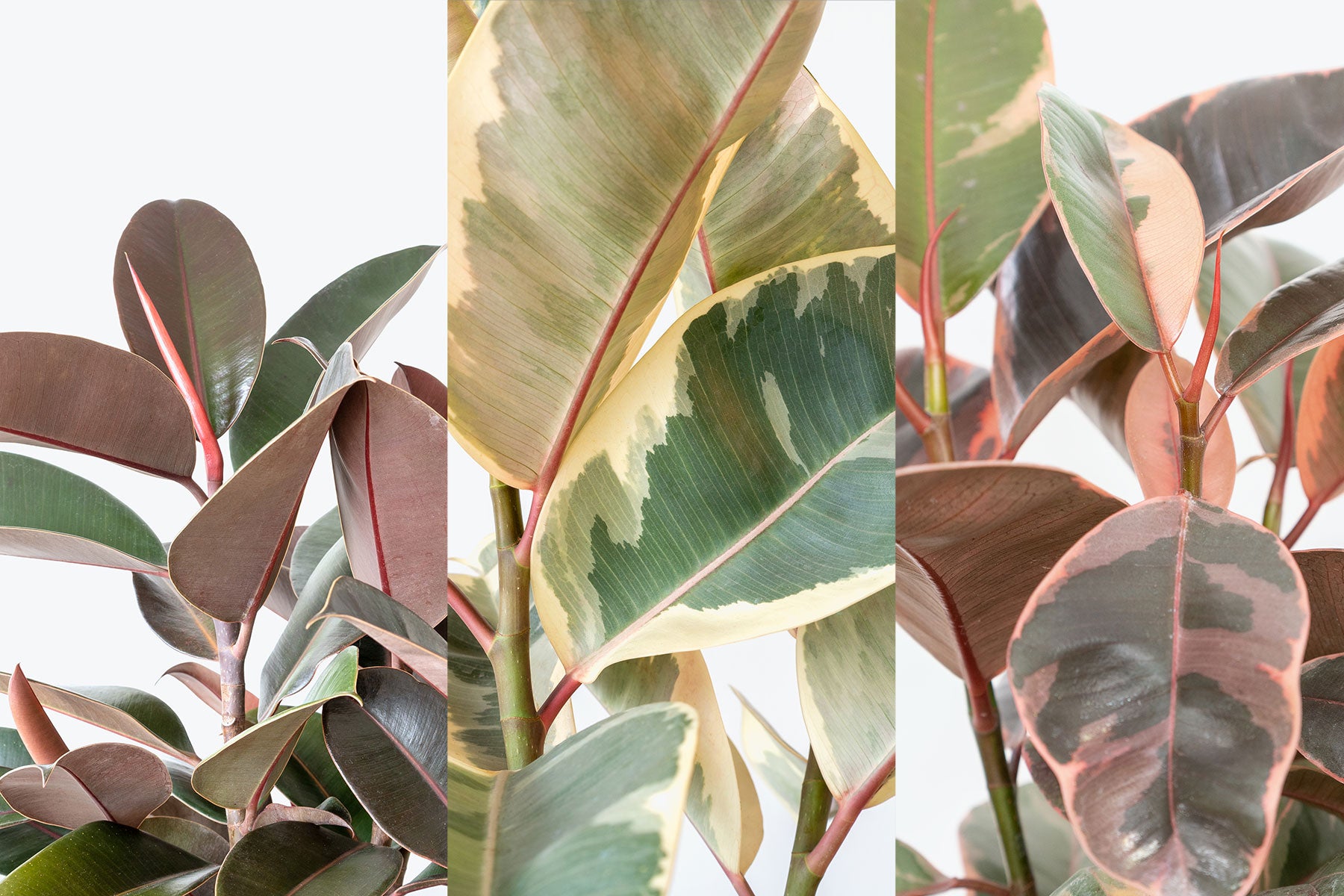The Comprehensive Guide to Thriving Rubber plants (Ficus elastica)
The rubber plant, scientifically known as Ficus elastica, is a popular houseplant prized for its glossy, large leaves and relatively low maintenance requirements. Originating from tropical regions of Asia, these plants can add a touch of lush greenery to any indoor space. However, while they are generally hardy, understanding their specific needs is crucial for ensuring their health and vibrancy. This comprehensive guide will delve into every aspect of rubber plant care, from the basics to advanced techniques, helping you cultivate a thriving specimen.
Before diving into care routines, it’s essential to understand the rubber plant’s natural habitat and growth patterns. These factors influence its requirements for light, water, and humidity.

Natural Habitat: In their native environment, rubber plants grow as large trees in tropical rainforests. This means they are accustomed to warm, humid conditions and filtered sunlight.
Light: Finding the Sweet Spot
Rubber plants thrive in bright, indirect light. Direct sunlight, especially during the hottest parts of the day, can scorch their leaves.

Ideal Location: Place your rubber plant near an east- or west-facing window where it can receive ample light without being exposed to harsh direct sun.
Watering: Striking the Right Balance
Overwatering is a common problem with rubber plants, leading to root rot. It’s crucial to allow the soil to dry out somewhat between waterings.
Watering Frequency: Water your rubber plant when the top inch or two of soil feels dry to the touch. The frequency will vary depending on the season, temperature, and humidity.
Soil and Potting: Creating a Supportive Environment
The right soil and pot are essential for providing adequate drainage and support for your rubber plant.
Soil Mix: Use a well-draining potting mix that retains moisture but doesn’t become waterlogged. A mix of potting soil, perlite, and orchid bark is ideal.
Humidity and Temperature: Mimicking Tropical Conditions
Rubber plants thrive in warm, humid environments.
Humidity Levels: Aim for humidity levels between 40-60%.
Fertilizing: Providing Essential Nutrients
Regular fertilization helps promote healthy growth and vibrant leaves.
Fertilizer Type: Use a balanced liquid fertilizer diluted to half strength.
Pruning and Shaping: Maintaining a Desired Appearance
Pruning helps maintain the shape and size of your rubber plant and encourages bushier growth.
Pruning Technique: Use clean, sharp pruning shears to remove any dead, damaged, or overgrown branches.
Cleaning and Pest Control: Keeping Your Plant Healthy
Regular cleaning and pest control are essential for maintaining the health of your rubber plant.
Cleaning Leaves: Wipe the leaves with a damp cloth to remove dust and debris. This helps the plant absorb light more efficiently.
Leaf Drop:
Leaf drop can be caused by various factors, including overwatering, underwatering, insufficient light, temperature fluctuations, and stress from repotting.
Review light, and watering habits, to ensure they are correct.
Yellowing Leaves:
Yellowing leaves are often a sign of overwatering or nutrient deficiency.
Ensure proper draining and adjust watering habits.
Brown Leaf Tips:
Brown leaf tips can be caused by dry air, insufficient watering, or overfertilization.
Increase the humidity around the plant.
Leggy Growth:
Leggy growth is usually an indicator of insufficient light.
Move the plant to a brighter location.
Air Layering:
Air layering is a propagation technique that allows you to create new rubber plants from existing branches.
Propagation from Cuttings:
Rubber plants can also be propagated from stem cuttings.
Training and Espalier:
Rubber plants can be trained to grow along a trellis or espalier, creating a unique and eye-catching display.
By understanding the specific needs of your rubber plant and implementing proper care practices, you can cultivate a healthy and vibrant specimen that will bring beauty and tranquility to your indoor space for years to come.
